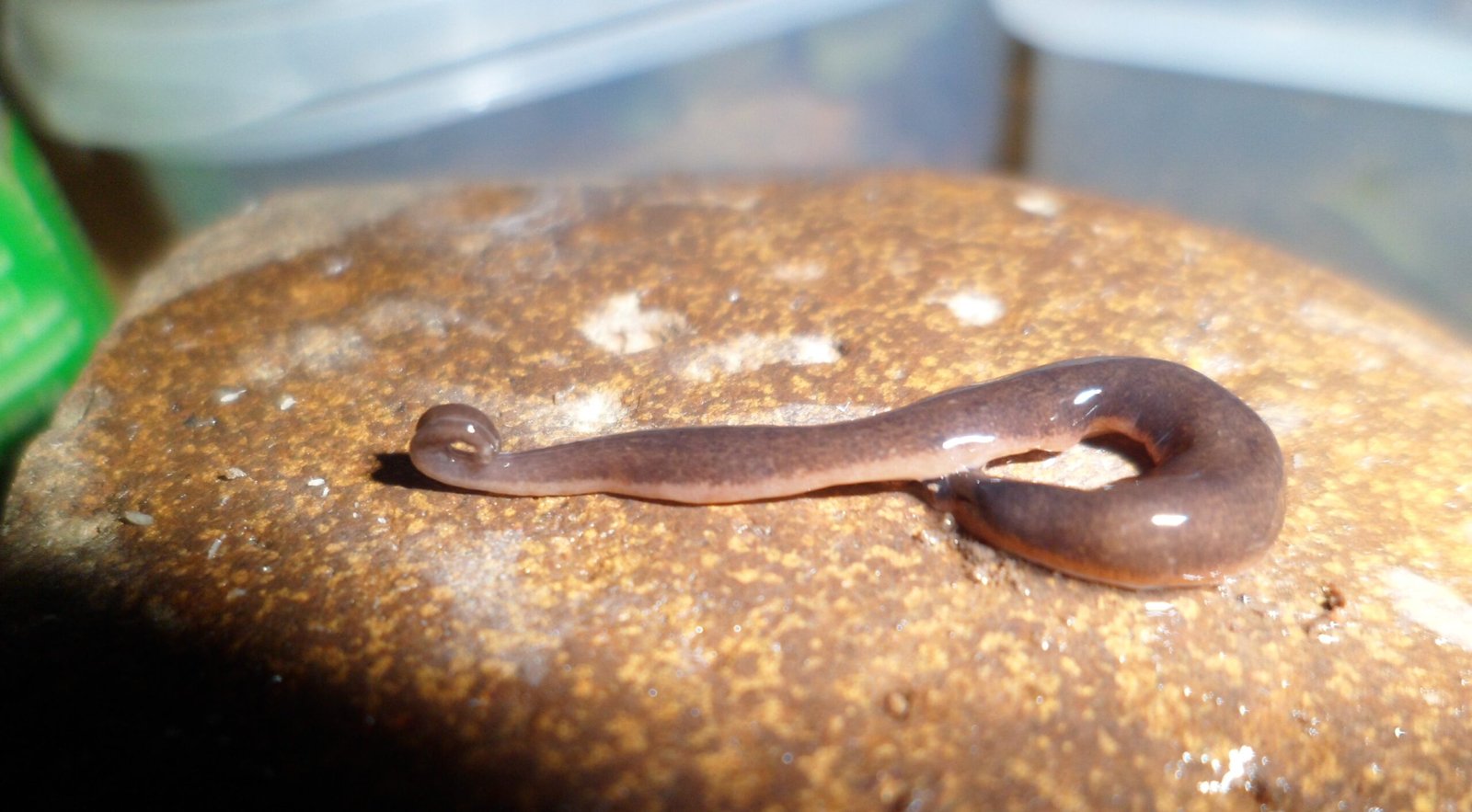Nature never ceases to amaze with its wondrous capabilities, and one of the most fascinating phenomena is the ability of some creatures to regenerate parts of their own bodies. This incredible skill allows them to recover from injuries that would be devastating to most other living organisms. Imagine losing a limb and watching it grow back to full functionality! This regenerative power is not just a marvel of nature but also a subject of intense scientific study. Let’s explore eight remarkable creatures with this extraordinary ability.
Axolotl: The Smiling Salamander
The axolotl, often referred to as the “Mexican walking fish,” is a unique salamander that can regenerate not just limbs but also its spinal cord, heart, and other vital organs. Unlike most salamanders, the axolotl retains its larval features throughout its life, a phenomenon known as neoteny. This creature’s ability to regenerate is so profound that it can even repair parts of its brain. Scientists are actively studying axolotls to uncover the secrets behind their regenerative powers, hoping to apply this knowledge to medical science. Despite its capabilities, axolotls are critically endangered in the wild, making conservation efforts crucial.
Starfish: Masters of Arm Regeneration
Starfish, or sea stars, are renowned for their ability to regenerate lost arms. This capacity is not merely a survival mechanism but also a reproductive strategy for some species. If a starfish loses an arm, it can regrow it over time, and in some cases, a lost arm can develop into a new starfish altogether. This regenerative process is driven by cells at the wound site that can differentiate into various cell types. Starfish regeneration has sparked interest in the field of regenerative medicine, providing insights into the potential for human tissue regeneration.
Planarian: The Immortal Flatworm

Planarians are flatworms with an astonishing ability to regenerate any part of their bodies, including their heads and brains. This regenerative prowess is attributed to a type of stem cell called neoblasts, which can transform into any cell type needed. If a planarian is cut into pieces, each fragment can grow into a complete worm, making them virtually immortal under the right conditions. Researchers are studying planarians to better understand stem cell biology and the mechanisms of regeneration, with hopes of applying these findings to human health.
Deer: Antler Regeneration Experts

Deer are unique among mammals for their ability to regenerate their antlers annually. Antlers are the fastest-growing bones in the animal kingdom, and deer can regrow them in a matter of months. This process involves complex biological signals and rapid cell growth. The study of antler regeneration has provided valuable insights into bone growth and repair, offering potential applications in treating bone-related conditions in humans. Additionally, the antler’s regenerative cycle is closely linked to hormonal changes in deer, making it a fascinating subject of study.
Sea Cucumber: The Self-Healing Wonder

Sea cucumbers possess a remarkable ability to regenerate their internal organs, a process known as evisceration. When threatened, they can expel their internal organs to deter predators, later regenerating them over several weeks. This self-defensive mechanism is not only intriguing but also highlights the sea cucumber’s resilience. The regeneration process involves specialized cells that promote tissue growth and healing. Scientists are exploring the potential of sea cucumber-derived compounds in promoting wound healing and tissue regeneration in humans.
Newts: Amphibians with Regenerative Prowess
Newts are amphibians known for their ability to regenerate limbs, eyes, spinal cords, and even parts of their hearts. This regenerative capability is attributed to the presence of pluripotent stem cells, which can develop into various cell types. Newts’ regenerative processes are slower than those of other creatures like axolotls, but they offer valuable insights into the mechanisms of tissue regeneration. The study of newts is contributing to the development of regenerative therapies for spinal cord injuries and other medical conditions.
Lizards: The Tail Regenerators

Many lizard species have the incredible ability to regenerate their tails after losing them to predators. This process, known as autotomy, allows lizards to escape danger by sacrificing their tails, which later regenerate. The regenerated tail is not an exact replica of the original but serves its purpose effectively. Researchers are studying lizard tail regeneration to understand the cellular and molecular mechanisms involved, with hopes of applying these findings to human tissue regeneration.
Crabs: Claw Regeneration Specialists
Crabs are crustaceans that can regenerate their claws and other limbs, a vital ability for survival in their often dangerous environments. This regenerative process involves the growth of a new limb from a specialized structure called a blastema, which consists of undifferentiated cells. The study of crab regeneration provides insights into the cellular processes involved in limb regrowth, with potential applications in regenerative medicine. Crabs’ ability to regenerate is a testament to nature’s resilience and adaptability.
In conclusion, the ability to regenerate is a remarkable feature found in various creatures across the animal kingdom. These incredible species not only showcase the wonders of nature but also offer valuable insights into the potential for regenerative medicine. By studying these organisms, scientists hope to unlock the secrets of regeneration and apply them to improve human health and healing.




